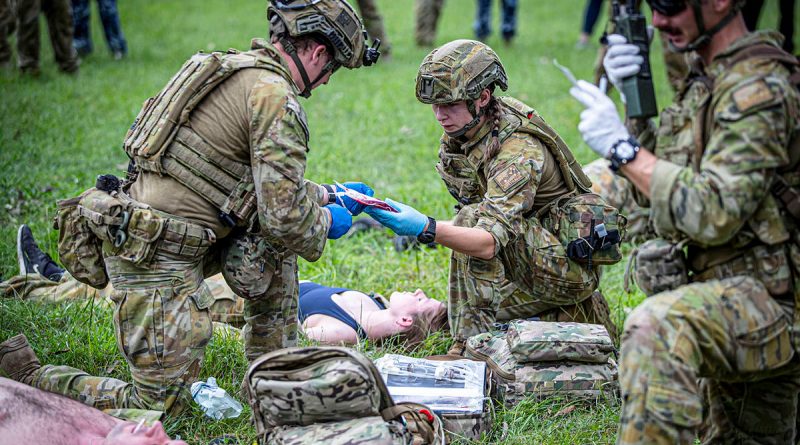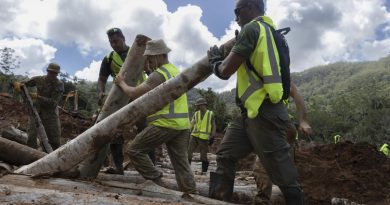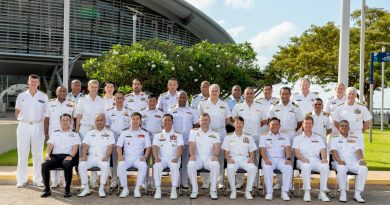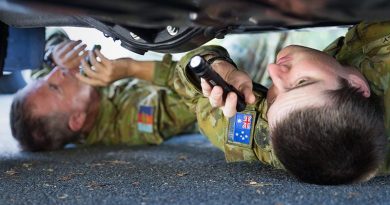Shake-up for Army medical trades

Under one of the biggest shake-ups to the health workforce, medical trades will be rolled into a new Army medic employment category number (ECN) to better upskill soldiers as they progress through their careers.
CAPTION: Army medics from 2nd Health Battalion provide medical care to simulated casualties at the point of injury during Exercise Viper Walk 2024. Story by Corporal Jacob Joseph. Photo by Corporal Melina Young.
The new ECN 368 Army Medic encompasses previous soldier health trades: ECN 031 medical technician, ECN 169 combat paramedic and ECN 291 combat medical attendant.
Army medic is broken into two streams: health technician, which is the registered pathway (nursing and paramedics), and non-registered health operator.
A new training continuum has been designed to support the development of soldiers beyond the completion of initial employment training (IET).
Warrant Officer Class Two (WO2) Sven Weeks, of Workforce and Training Group at the Army Logistics Training Centre, said previously there was no formal training beyond the joint medic IET course.
“The lack of a training continuum did little to prepare our personnel for the requirements of rank progression within the trade,” WO2 Weeks said.
Health technician and operator streams will now complete an advanced course that builds on their experiences to further develop clinical skillsets.
Beyond the rank of corporal, both pathways align to complete supervisor and manager courses that focus more on capability, casualty regulation, clinical governance and clinical training.
After 30 years as a medic, WO2 Weeks has seen many changes, including the re-structure of health battalions under the newly raised 2nd Health Brigade.
“This is the biggest one that will affect us on an individual level, in terms of changing a little bit of our identity,” he said.
The changes became effective in October when the majority of the workforce transitioned to the new ECN.
Workforce and Training Group are working to transition the rest of the workforce.
Other soldiers may be required to provide evidence of domestic or international exercises and deployments, plus time in rank to satisfy proficiency requirements.
Junior ranks will complete the new training continuum to set them up for future success.
.
.

.
.






A great initiative to ensure competent field medics; a higher level of training is warranted for every soldier, not just medics! Well done army for staring a longer journey.